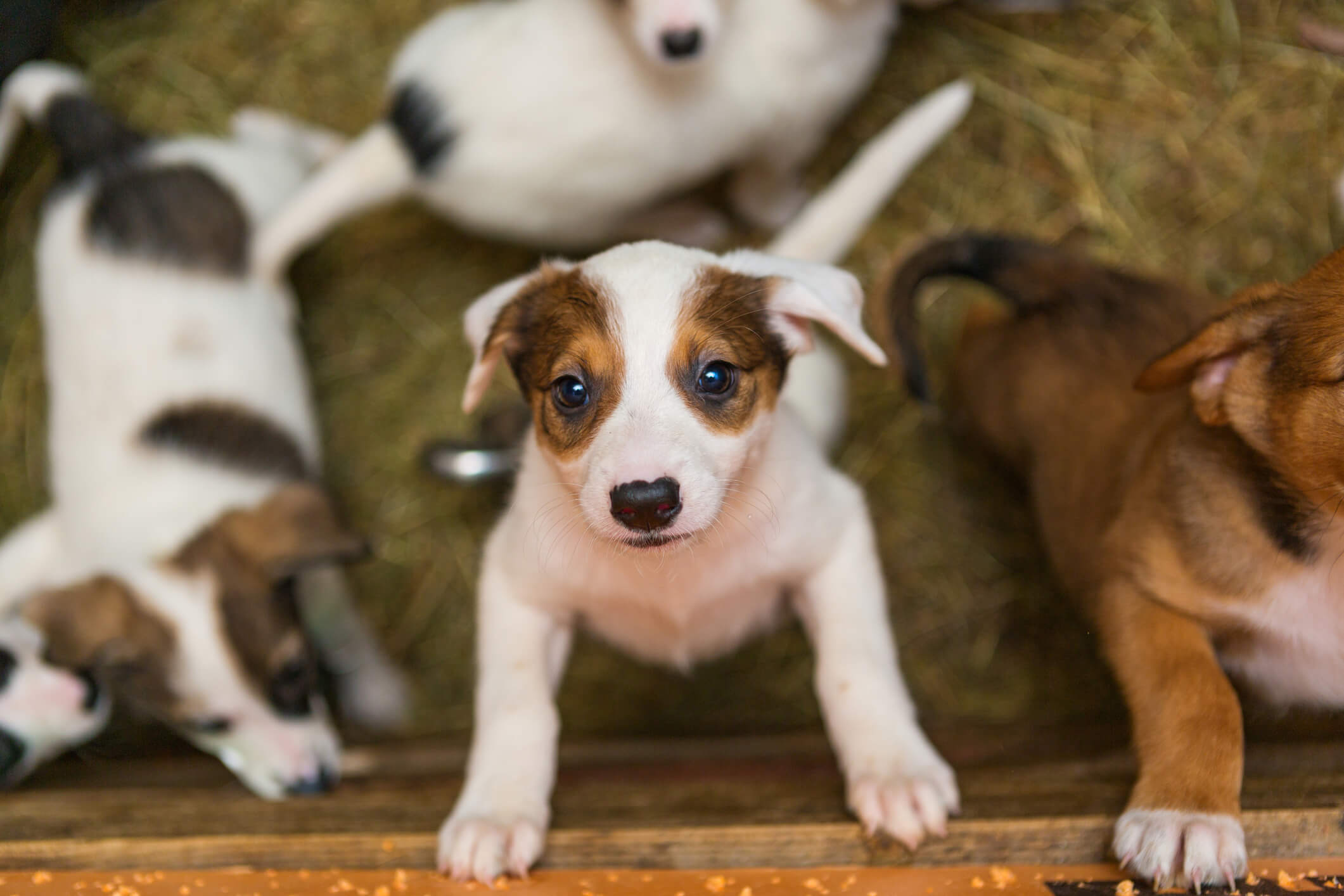
Puppies in Shelters! How Rescuers Save the Most Vulnerable Dogs
When you come face-to-face with a rescue pet, their eyes say it all. They’ve seen countless atrocities on the streets and behind closed doors at puppy mills. Future pet parents should learn where their rescue pups came from so they can spread awareness about such unspeakable conditions.
The more people hear their stories, the more rescues can get matched with loving forever homes. Read on to learn the history of vulnerable dogs and what rescue agencies do to help.
The backstory on rescue puppies
Millions of rescue puppies start off their lives as strays. Unaltered dogs produce litters that pet parents can’t afford to raise on their own. These litters are often abandoned and left to fend for themselves on the streets. Stray puppies mature into adult dogs that don’t receive a spay/neuter surgery. The unaltered stray dogs produce even more litters, and the cycle continues.
A lot of rescues also come from puppy mills. These are inhumane facilities where many adult dogs live in cramped, unsanitary cages and produce countless litters for a puppy mill’s profit. Due to poor living conditions, puppies that come from puppy mills often get sick and develop chronic health problems. The adult dogs and their puppies are isolated, which means they don’t know how to socialize with other animals.
Once male and female dogs can’t produce more litters, they’re either killed or abandoned. Puppy mill operators don’t take the time to properly rehome older dogs. As a result, mature puppy mill dogs are forced to survive on the streets alongside other strays. They grew up mistreated, and once they’re done producing litters, they’re neglected.

Where rescuers find vulnerable pups
Fortunately, there’s still hope for strays and puppy mill dogs. Humane societies are working hard to shut down puppy mills and nurse their occupants back to health. Once a puppy mill goes out of business, rescue agencies enter the facility and bring the dogs to a shelter. These agencies provide medical care for the dogs and their litters, then put them up for adoption.
Sometimes, puppies in need come straight to the shelter. Rescue agencies often encounter people who turn in stray litters found on the street. Strays are found pretty much anywhere, whether that’s an alleyway, wooded area or even your own neighborhood. Good Samaritans bring abandoned puppies to rescue agencies so they can get cleaned up and find a forever home.
Rescue agencies do everything in their power to prepare vulnerable pups for adoption. They make sure the puppies receive plenty of food, water and shelter. Staff members provide a warm and safe place to sleep while keeping the facilities free from contamination. The rescuers bathe, groom and schedule wellness exams for the pups. Before a rescue puppy is adopted, they’ll get a round of vaccines and treatment for underlying health problems.
What to expect from a rescue puppy
Rescue puppies have had a rough life. With that in mind, future pet owners should know that most rescues struggle with trauma. Training, patience and unconditional love can help a rescue move on from their past. Here are a few behaviors you might observe in your rescue puppy.
- Lack of socialization: Puppy mill dogs are isolated in small cages with no opportunity to socialize. As a result, rescues often have a difficult time co-existing with other pets in the home. Pet parents can overcome this obstacle by introducing the rescue to existing household pets one at a time in a neutral, positive environment.
- Separation anxiety: Strays and puppy mill dogs have been neglected their whole lives. They’ll quickly grow attached to the first human who shows kindness and takes care of their basic needs. When rescues grow anxious, they usually whine nonstop or engage in destructive behaviors. Owners should acclimate anxious pups to being alone by gradually leaving the home for longer periods of time.
- Marking their territory: Adult male dogs in puppy mills aren’t neutered because they’re kept around solely for breeding. Unneutered dogs typically mark their territory to keep other males away and attract a mate. Over the years, marking their territory becomes a learned habit that’s hard to break. Owners should always spay/neuter their pets, but the surgery isn’t guaranteed to cure reproductive behaviors. House training can wean male dogs off inappropriate elimination.
Caring for a rescue puppy is no walk in the park. Trauma from puppy mills and living on the street doesn’t magically go away upon adoption. Of course, this doesn’t mean the rescues are any less deserving of your love. Rescue puppies should not be defined by where they came from. With your help, rescues can live out the rest of their days with a happiness they never knew before.


